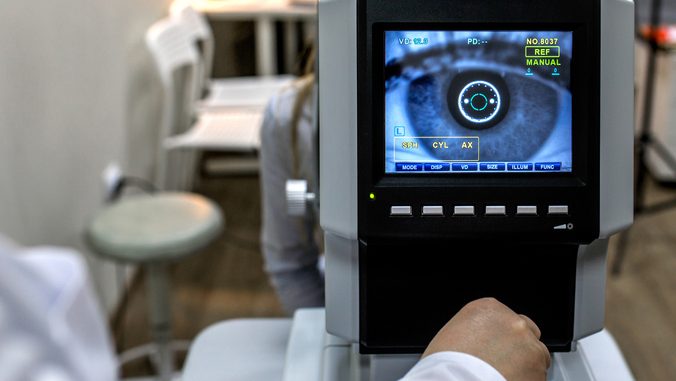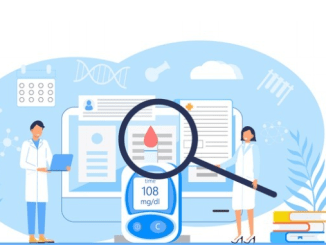
New diabetic eye scans aim to prevent sight loss and reduce 120,000 hospital appointments annually
NHS England has announced plans to provide advanced eye scans in the community for people with diabetes, potentially saving up to 120,000 hospital appointments a year and helping to prevent sight loss. The rollout of optical coherence tomography (OCT) scans means around 60,000 people with diabetes can receive advanced screening outside a traditional hospital setting, such as some larger GP practices, community hospitals or mobile vans across the country, which is planned to save hundreds of thousands of appointments, freeing up hospital care.
People with diabetes can develop a condition known as diabetic retinopathy, which is caused by high blood sugar levels damaging the retina. It can cause blindness if left undiagnosed and untreated but regular eye screening appointments can pick up problems early on. Previously under a third of services have been offering OCT, and not equitably in all parts of the country. NHS staff are now being trained in OCT screening, and all eye care services are expected to be using the technology by October 2025.
Steve Russell, national director for vaccinations and screening at NHS England, said: “It’s fantastic news that these advanced eye scans will be available closer to home for thousands of people with diabetes across the country.
“This technology will help us find and treat diabetic eye conditions early, helping minimise and prevent sight loss, and it also means that thousands of appointments in traditional hospital settings could be saved, which is great news for the NHS.”
Around four million people are currently registered with the NHS Diabetic Eye Screening Programme, and 3.3 million have routine digital screening every one or two years.


Be the first to comment